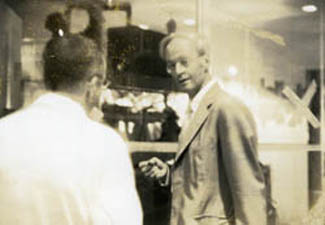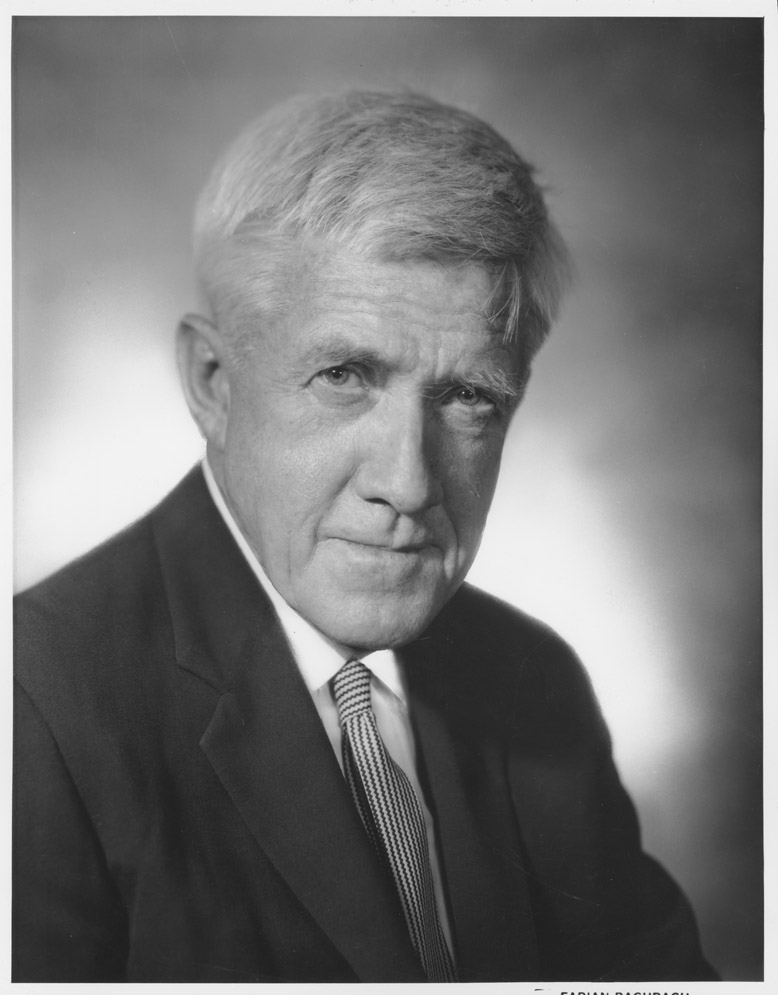Stanley S. Hertzbach Papers
A particle physicist educated at Johns Hopkins (PhD, 1965), Stanley S. Hertzbach joined the Physics faculty at UMass Amherst in 1965. Over the course of his career, he took part in high-energy experimental work at Brookhaven National Laboratory, the CERN hadron collider, the Cornell electron synchrotron, and beginning in 1979, at the SLAC National Accelerator Laboratory (Stanford Linear Accelerator Center). With his colleague Richard Koffler, Hertzbach joined the SLD collaboration at SLAC in 1986 studying Z particles, and the BaBar (B Meson) group in 1994. A major contributor to the SLD “beamline group,” Hertzbach took part in the BaBar calorimeter beam test and in testing of its calorimeter modules. He was an active member of the SLD advisory group and chaired the SLAC Users Organization (SLUO) in the 1990s. Hertzbach’s contributions to UMass included service on several committees relating to student achievement, including a stint as Undergraduate Advising Dean of the College of Natural Sciences and Mathematics. Hertzbach retired from UMass in 2009.
The Hertzbach collection consists of two distinct parts: six laboratory notebooks kept while conducting research at SLAC (1987-2002), and approximately 0.5 linear feet of records from university committees on which Hertzbach sat (e.g. the Space and Calendar, 1977-1983).



